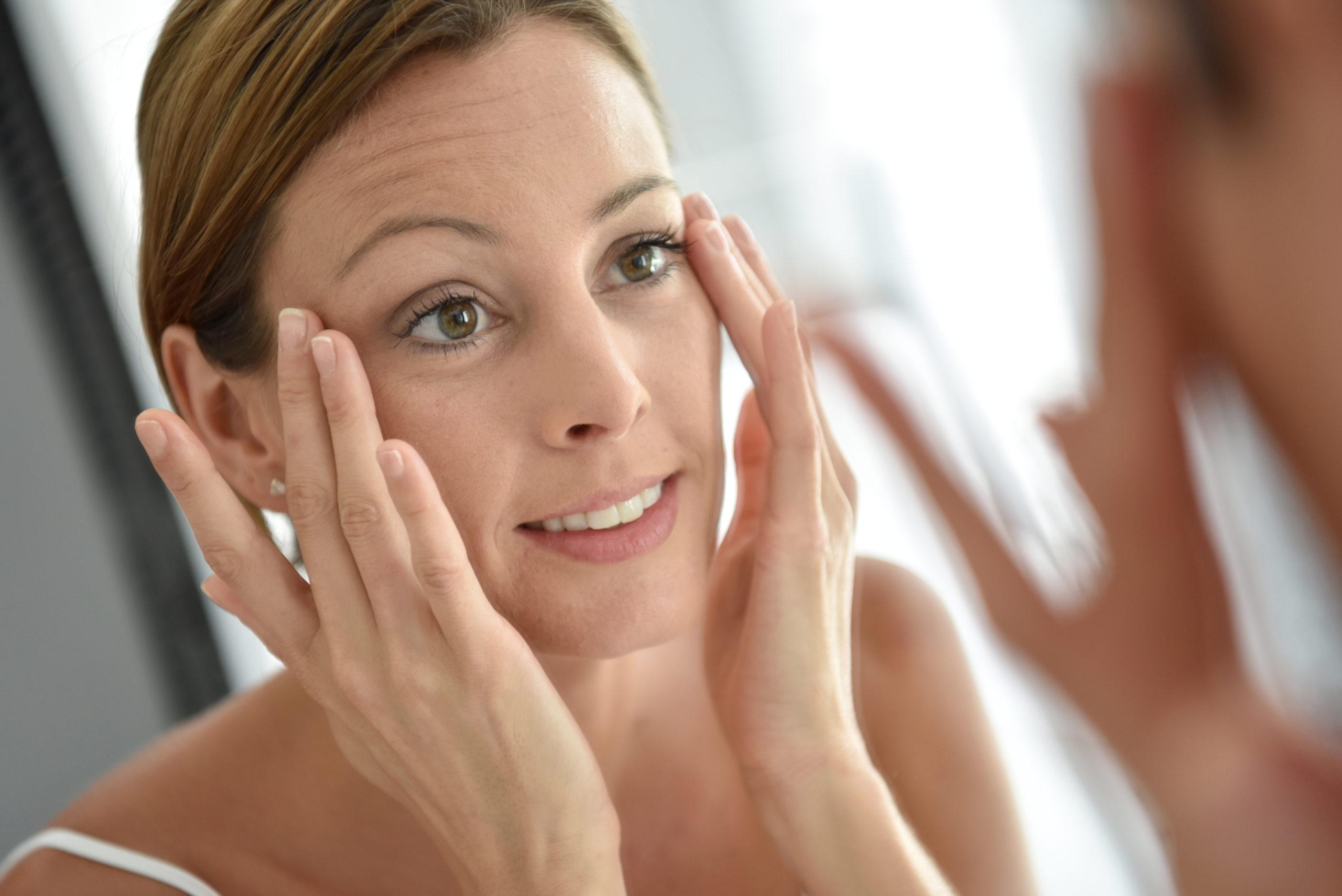A lipotransfer is a cosmetic surgical procedure that rejuvenates and softens the face using the person’s own fat cells.
It is a natural alternative to filler treatments.
Facial signs of aging are one of the most common reasons for choosing plastic surgery. The fat tissue in the face gradually shrinks with age, making the skin looser and less elastic. The use of fillers is one way to counteract this, but the youthful appearance of the face can also be restored using the customer’s own fat cells.
The aim of a lipotransfer is not to change a person’s appearance dramatically, but rather to subtly and naturally soften the signs of aging, such as wrinkles and loss of skin elasticity, and make them less obvious. In the procedure, a surgeon transplants living fat cells to the customer’s face, after which the cells will find their natural place in the facial tissue. In some cases, a lipotransfer may be a more practical option than adding more and more filler at various times over the years.
You should book a consultation for a fat transfer if:
– you want to make the facial signs of aging less obvious
– you want to soften and rejuvenate your skin
– your face shape has recently changed due to significant weight loss
What happens during a fat transfer?
The fat cells are usually transferred from the lower abdomen and implanted in the facial tissue. The procedure is fairly simple, and is performed under local anaesthetic. It does not require sick leave, and the recovery period is relatively short. The area from where the fat cells are taken heals well, but may feel a little sore at first. Depending on your profession and circumstances, you may also want to keep in mind that the procedure will cause some facial swelling and minor signs of bruising for a week or two.
In addition, it will take a while for the fat cells to integrate naturally into their new location. For the best possible results, it is important that you closely follow the instructions during your recovery. For instance, you should not smoke, and you should avoid exposing the face to the cold or to pressure. Any physical exercise that is intense enough to cause a sweat should be avoided for a month after the procedure. To ensure that the transplanted fat cells get the nourishment they need, following a strict diet after the procedure is not recommended. You should increase the proportion of fat and carbohydrates in your daily diet for the duration of the recovery period.





